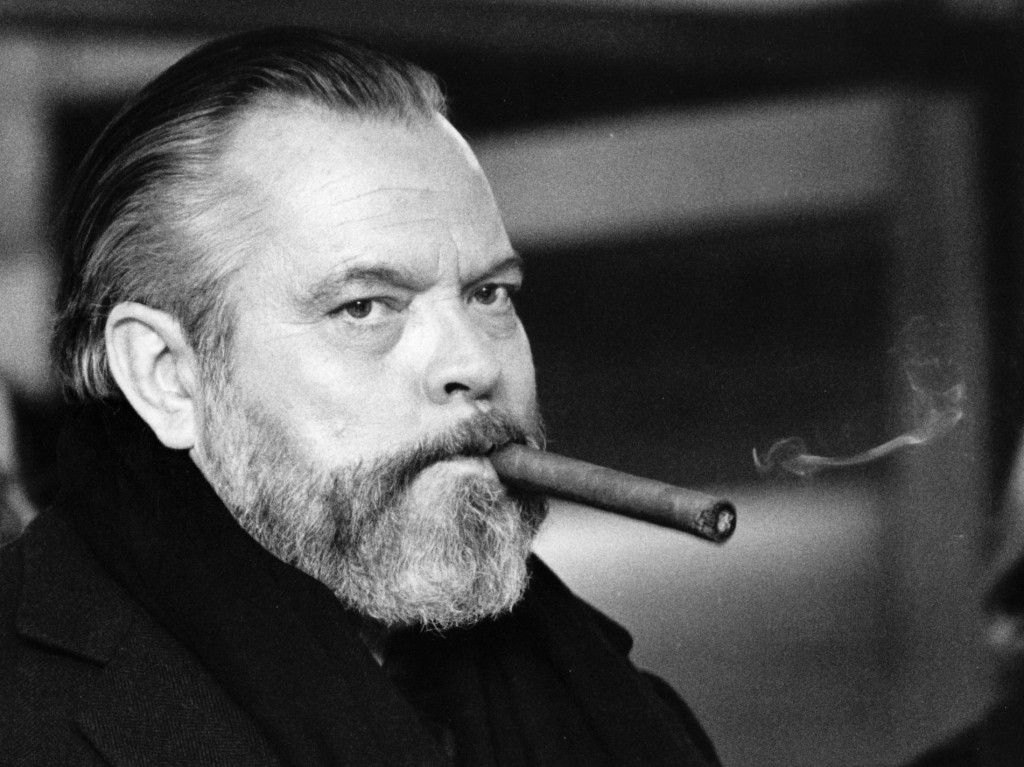Orson Welles has been called a magician, a genius, a poet. He is all that and more, but for me, he is a filmmaker par excellence. On the occasion of his birth centenary (Welles was born on May 6, 1915), this piece is just a nod to him and his incredible directorial vision, as these awesome sequences from his films illustrate.
Citizen Kane (1941)
In perhaps the greatest film debut of all time, Citizen Kane pioneered various filmmaking techniques such as deep-focus cinematography, telling the story of a man from multiple points of view like a jigsaw puzzle being put together, creating special sets with ceiling for the films numerous low angle shots, and of course, the brilliant usage of transitions. This montage at the breakfast table amply illustrates Welles’ cinematic craft, he traces the entire disintegration of a marriage through snippets of conversation at the breakfast table.
https://www.youtube.com/watch?v=RamGMa9Sb1U
The Magnificent Ambersons (1942)
Post Citizen Kane, Weles always ran foul of the studio in order in an effort to keep creative control right from his follow-up film The Magnificient Ambersons. The studio cut more than a third of the film, reducing its length to 88 minutes from the original cut of 148 minutes. A bitter spat ensued between RKO and Welles. Sadly, Welles never really recovered after the debacle of the film and there care but flashes of his genius in his subsequent films, all where the had to fight hard to retain any sort of creative control. Here is the wonderful restored beginning of the film.
The Stranger (1946)
The Stranger is one of Welles’ sadly underrated films, which is ironic as it was also one of his box-office successes. Welles’ third feature, The Stranger looks at a war crimes investigator who tracks a high-ranking Nazi fugitive to a New England town, and is the first Hollywood film to present documentary footage of the Holocaust. Here Welles uses the dining table yet again in a masterfully staged dinner sequence where the Nazi fugitive, played by Welles himself, inadvertently reveals himself.
The Lady From Shanghai (1947)
Another troubled Orson Welles production, this one saw him lock horns with Columbia Pictures and its President, Harry Cohn, who hated the film and what Welles dod to his leading star Rita Hayworth. Welles’ cut her famous red hair, bleached it blonde and cast the musical star as a cold, calculating femme fatale. Again, much was reshot without Welles and his rough-cut was butchered yet again, and due to this, Welles was blamed yet again for the film going over budget, when in fact, he delivered the film in time within budget. Butchered or not, thankfully the dazzling hall of mirrors sequence, where the Rita Hayworth character gets her comeuppance, was retained and boy, is it one of the great sequences of the motion pictures!
https://www.youtube.com/watch?v=_RdPVtcDeEI
Touch of Evil (1958)
And can we talk about Welles and not talk about the jaw dropping opening shot of over 3 minutes length from Touch Of Evil?! After watching the Studio cut – again involving re-shooting and re-editing without the filmmaker – Welles had to send Universal’s Head of Production, Edward Muhl, a 58 page memo, detailing what he thought needed to be done to make the film work. Of course, nothing came out of it and it was only in 1998, that a restored version of the film, keeping Welles’ memo in mind, was put together. In fact, the studio had also destroyed the opening long take by inserting in credit titles and blaring Henry Mancini music over the shot, thus diluting it many times over. Thankfully, we can now see the shot exactly as Welles intended us to see.


